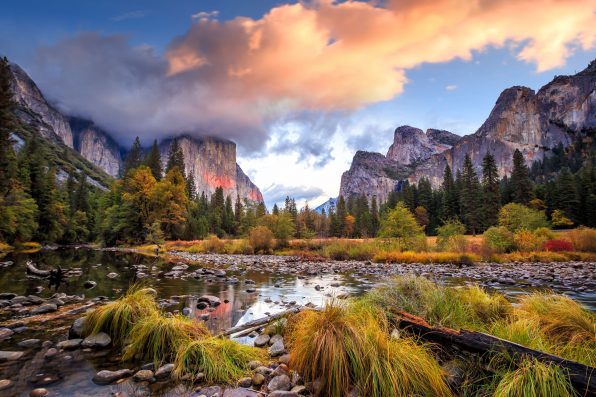After finding wads of used toilet paper near Rancheria Falls, Yosemite’s National Park Service took to social media to shed light on this toilet paper disposal issue that has grown “all too familiar,” even in remote wilderness areas. The Park Service also offered advice on how to dispose of used tissue properly.
“Picture this: Yosemite’s majestic wilderness, stunning vistas, and…surprise! Used toilet paper waving hello near Rancheria Falls — a full roll too!” wrote the NPS in the caption of an Instagram post.
The most common method to dispose of used toilet paper is to bury it in six to eight-inch deep holes. However, the practice is no longer sustainable in many national parks as they receive higher foot traffic.
Park rangers are starting to uncover more and more human waste to the point that it has become unmanageable.
Researchers have even begun to come across human waste in areas of national parks that are out of the way and more difficult to access.
In a study from 2019, samples were collected from 56 surface water locations in Rocky Mountain National Park. E. coli was detected in about 75 percent of the samples.
Buried toilet paper can easily be exposed by weather and erosion. Additionally, animals may dig it up before it has the chance to decompose. They may even use it for nesting material since they don’t know any better.
Used toilet paper is disgusting, and it’s not something that anyone wants to see when they’re out in nature. However, it is not only an eyesore — it can be hazardous to people, wildlife, and ecosystems.
Human waste is full of pathogens that can leak into the soil and find their way into water sources. Failure to properly dispose of the waste can lead to the spread of harmful bacteria and viruses.

Sign up for Chip Chick’s newsletter and get stories like this delivered to your inbox.


